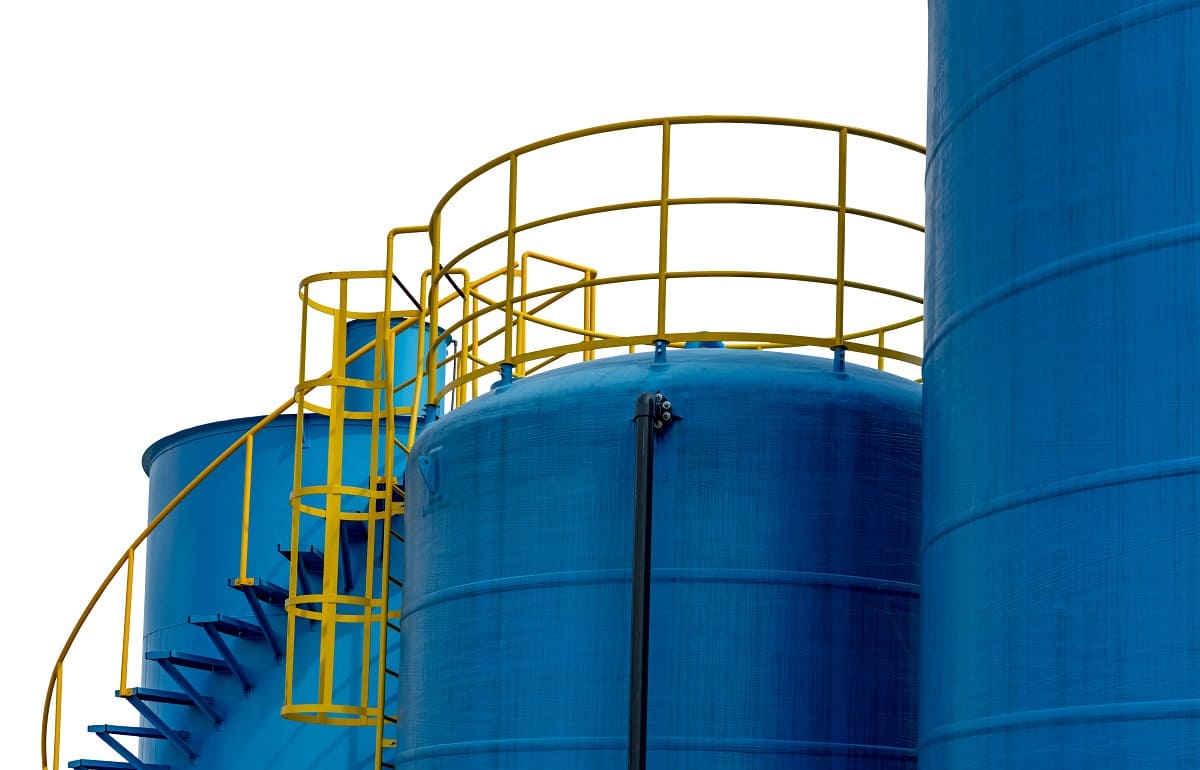Below, we will look at fuel oil homogenization, when this operation is required, and the technology and equipment used. Solid fractions may appear in fuel oil and the moisture content may increase in it as a result of violations of the technological process, as well as a result of improper storage. On the one hand, some amount of water in fuel oil is necessary, because without it fuel oil will not keep burning. On the other hand, heavily watered fuel oil has a higher flash point and other deviations in characteristics, which contribute to the violation of the combustion regime, increase the amount of unburned fuel, form sediments of unburned coke particles, which can lead to a flame break and an emergency shutdown of boiler units.
How to solve the problem of water in fuel oil
A comprehensive solution to these problems is the method of preliminary preparation of fuel oil for burning. The essence of the method is to create a finely and homogeneously dispersed fraction of moisture which present in the fuel oil and to destroy the crystalline structures which are in the fuel oil.
To solve this problem, GlobeCore company has developed the technology of hydrodynamic cavitation blending, which is implemented in the USB type homogenizers. The principle of their functioning is based on the fact that the crude water-fuel oil mixture is subjected to hydrodynamic impact, strong turbulence and intense blending in the turbulent flow. As a result, water particles are crushed and evenly disperced throughout the fuel volume. That is, a stable fuel oil emulsion is formed. This emulsion is suitable for use in boiler units and burns steadily.
GlobeCore fuel oil homogenization technology
GlobeCore technology is flexible, so fuel oil emulsions can be produced in two ways.
In the first case fuel oil enters production site already watered, and the USB homogenizer evenly and finely disperses water throughout the entire volume of fuel oil.
The second approach involves the deliberate addition of a small amount of water to the fuel oil, usually no more than 10%. In this case with the use of a rotameter water is being added into the fuel oil continuously and in small portions during fuel oil flow through the USB homogenizer. In winter time it is recommended to blend fuel oil with water immediately prior to use the fuel oil emulsion.
The presence of a small amount of water in the fuel oil improves the quality of combustion due to better mixing with compressed air and due to uniform fuel oil dispersion in the combustion chamber. This also helps to reduce oil fuel consumption and to reduce the amount of soot and particulate matter produced. Moreover, due to the homogeneity of the fuel-air mixture in the combustion chamber, excess air consumption is reduced, which leads to a decrease in the nitrogen content in the air and nitrogen oxide emissions. Additionally, the use of GlobeCore technology for producing fuel oil emulsions allows for the urgent disposal of wastewater contaminated with petroleum products.
Advantages of USB fuel oil homogenization system
A distinguishing feature of USB homogenizers is their compactness. Even homogenizers with a productivity of 100 cubic meters of emulsion per hour and over take up little space and are easily transported to the work site.
In addition to the listed advantages, USB fuel oil homogenizers allow you to obtain indirect benefits. In particular, USB homogenizers shorten boiler units maintenance intervals due to cleaner and more efficient operation of the latter. USB homogenizers also reduce boiler equipment downtime while regular maintenance. This is achieved due to less contamination of such parts as pistons, piston heads, cylinder liners, exhaust valves and turbochargers.

